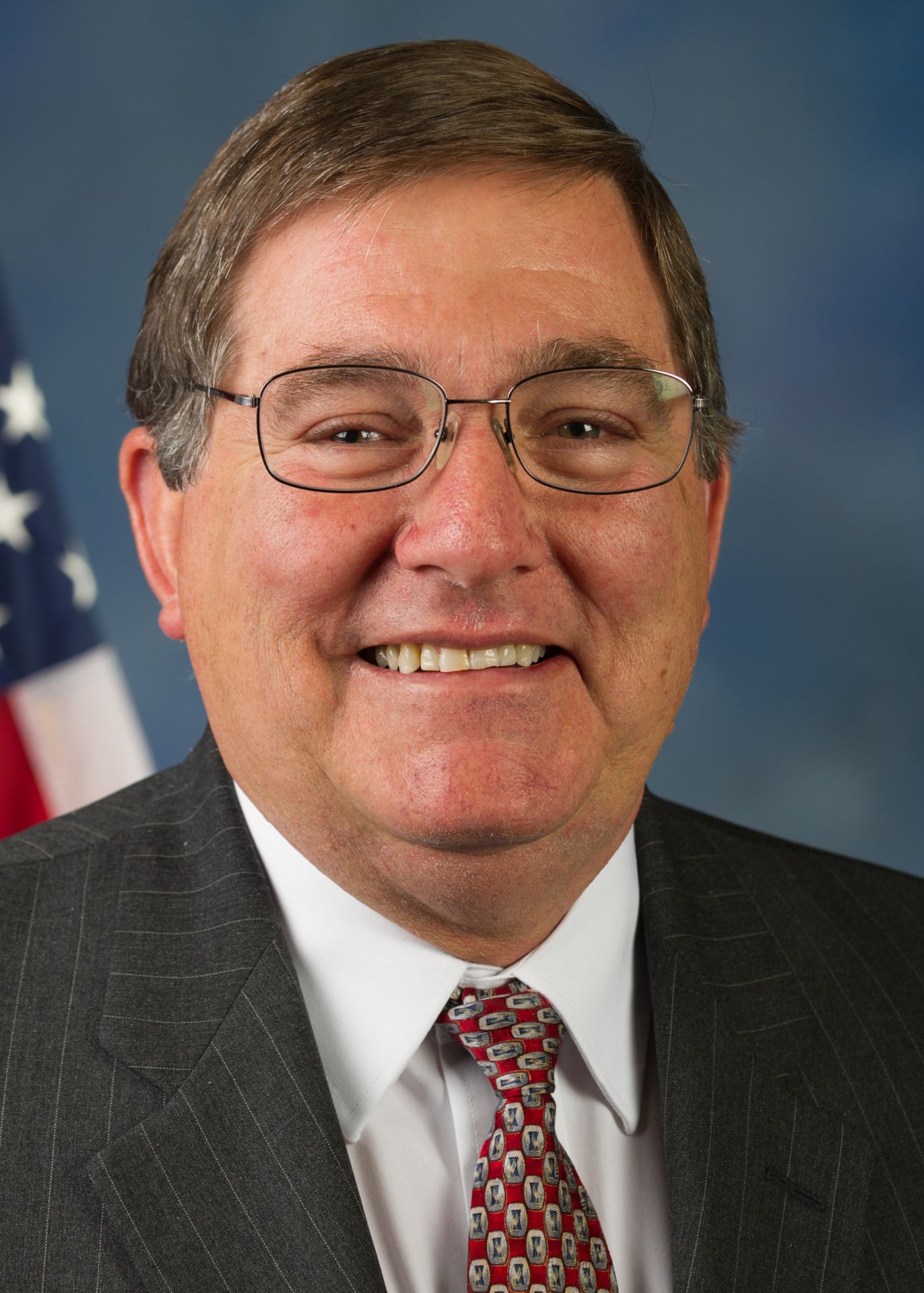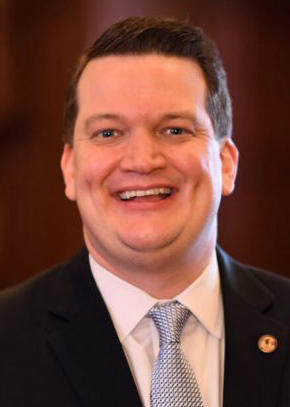Nuclear News Asks: Who Inspired You?
This article presents responses from various community members about those who inspired them—or the events or things that inspired them—to go on to have careers in nuclear.
There is an interesting mix of inspirators here, the most prominent being teachers who had lasting effects on their students. There are others who offered inspiration, too, including parents and other family members.
What all the respondents have in common is their inherent drive and love of science and technology to keep nuclear moving forward.
We would like to hear your story. Write in to let us know about it and we will share it within the pages of Nuclear News.


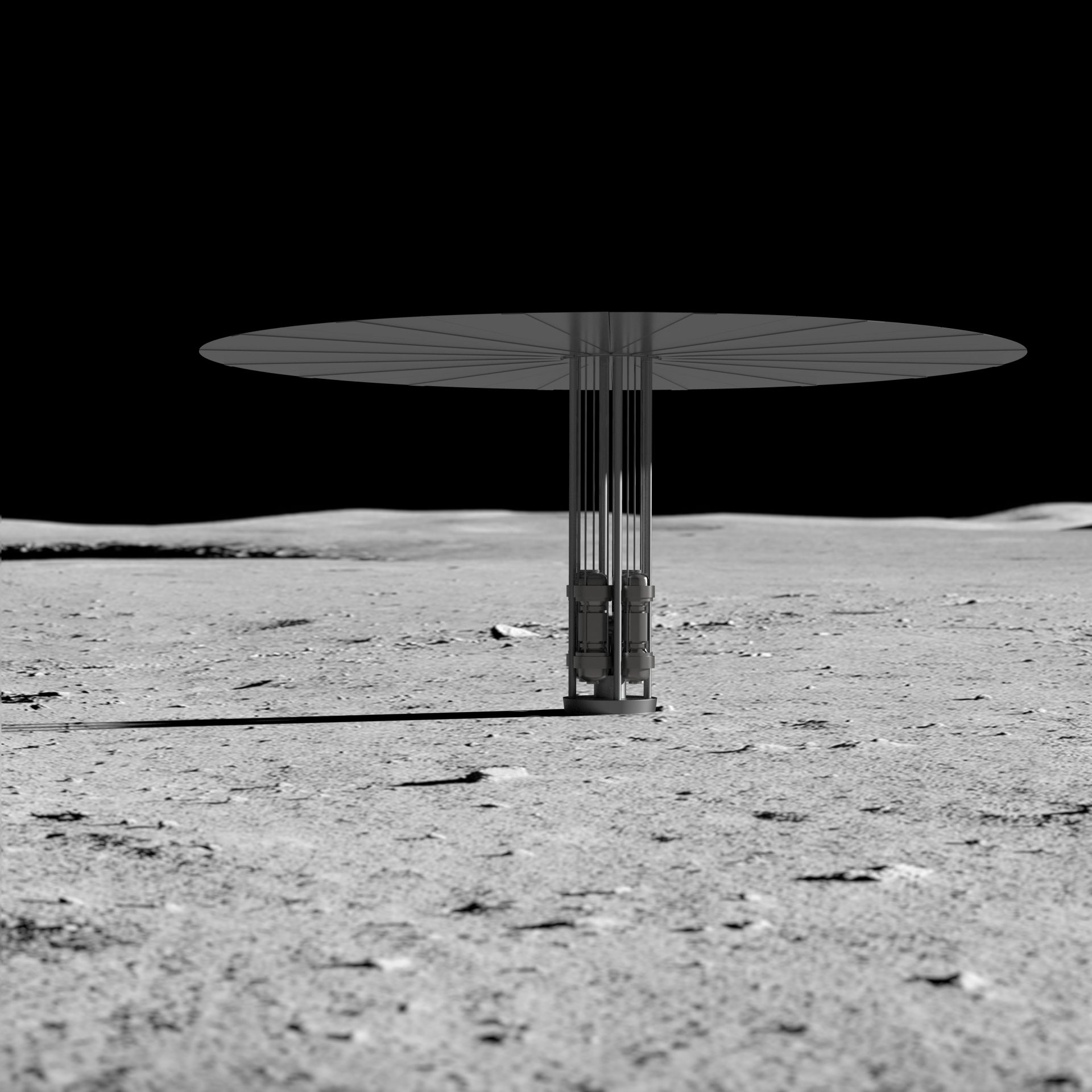
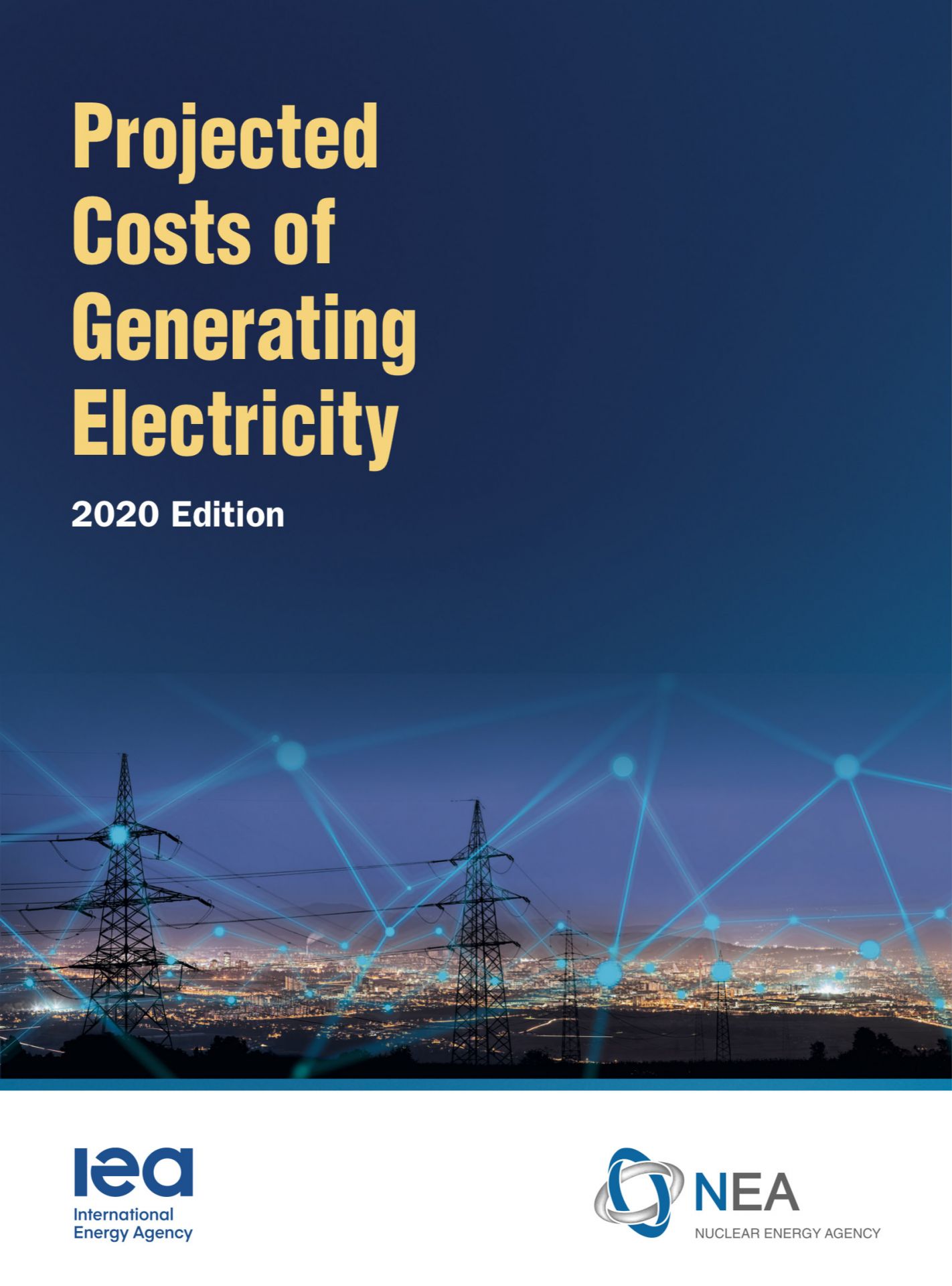 The levelized costs of electricity generation from low-carbon technologies, including nuclear, are dropping and are increasingly below that of conventional fossil fuel generation, concludes a new report from the International Energy Agency and the OECD Nuclear Energy Agency (NEA).
The levelized costs of electricity generation from low-carbon technologies, including nuclear, are dropping and are increasingly below that of conventional fossil fuel generation, concludes a new report from the International Energy Agency and the OECD Nuclear Energy Agency (NEA).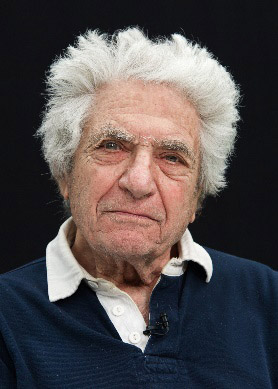 Jack Steinberger, a Nobel Prize–winning scientist with a distinguished career in experimental physics,
Jack Steinberger, a Nobel Prize–winning scientist with a distinguished career in experimental physics, 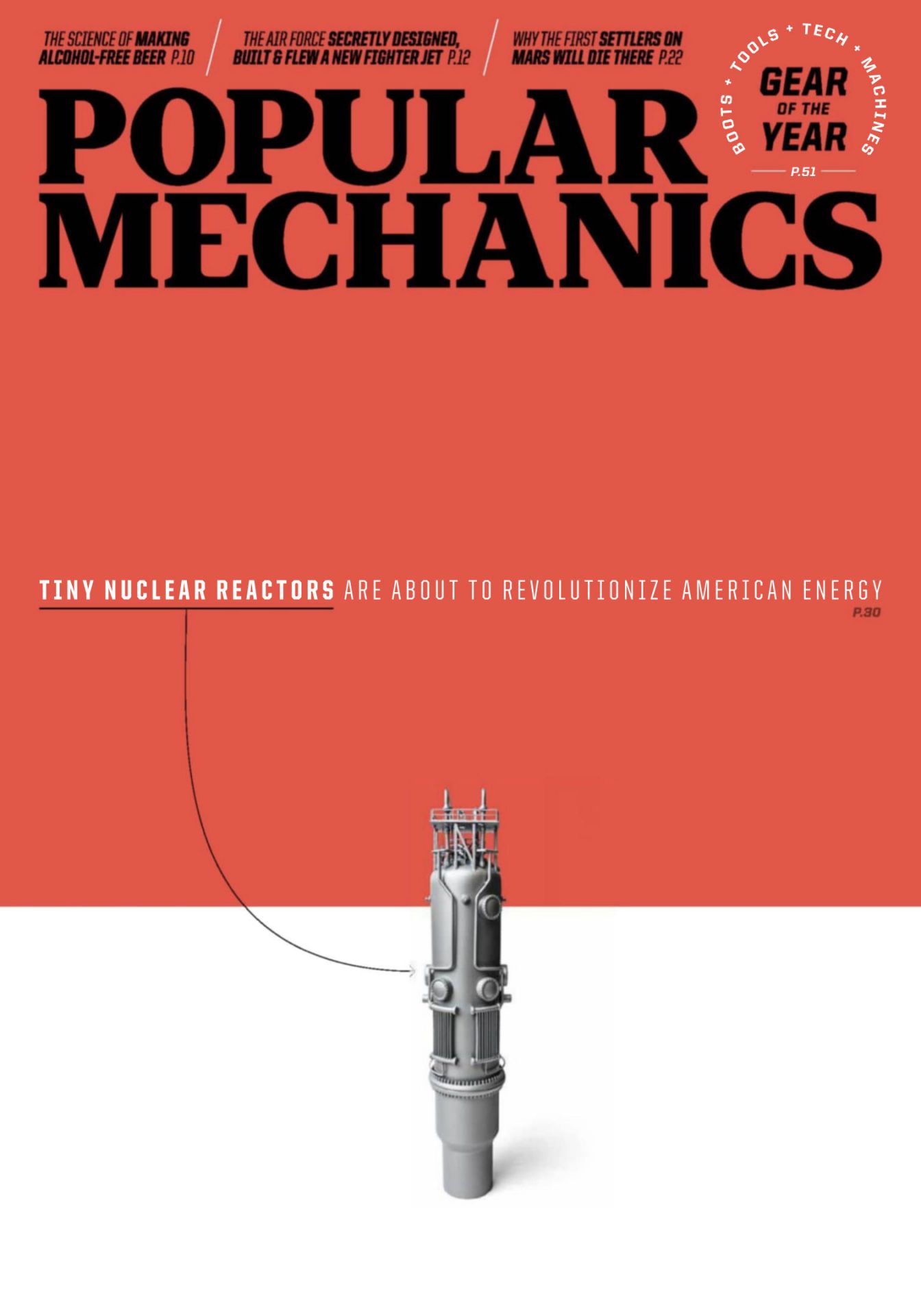 The January/February 2021 issue of
The January/February 2021 issue of 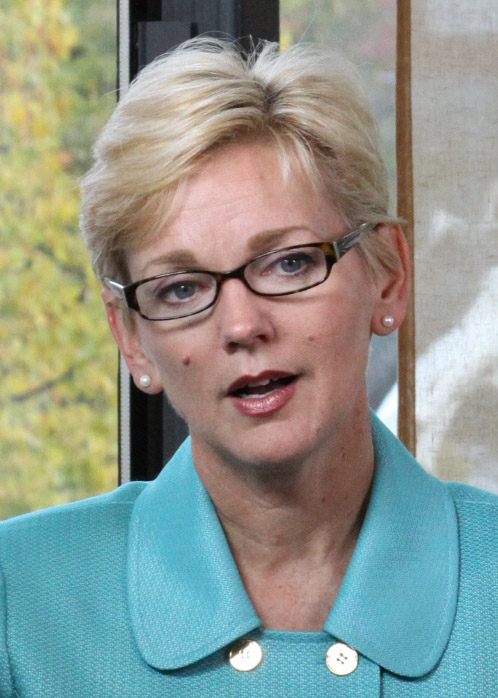


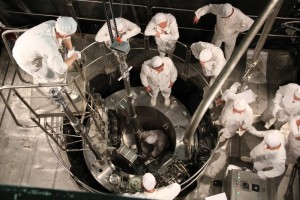

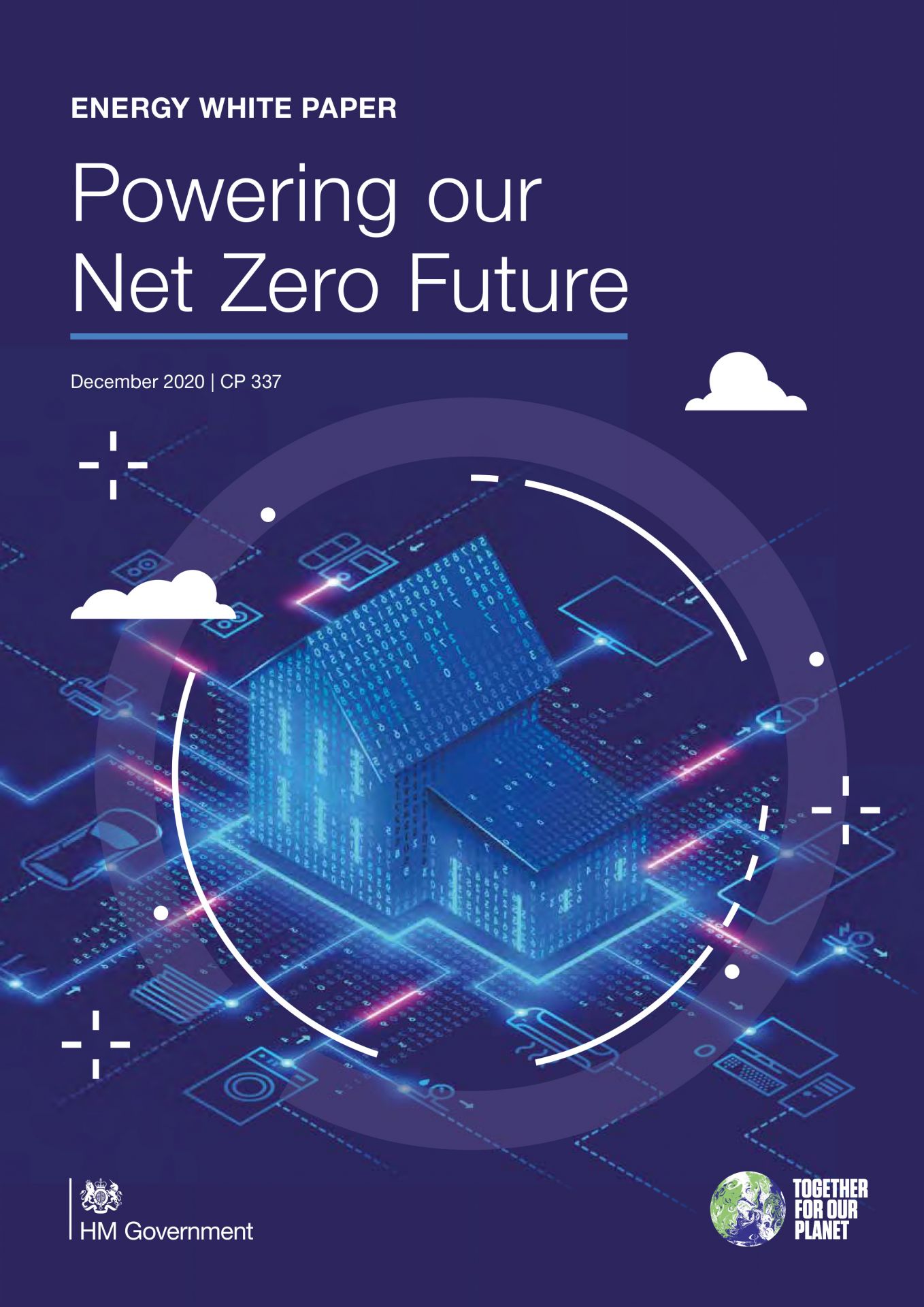 A 170-page energy white paper,
A 170-page energy white paper, 